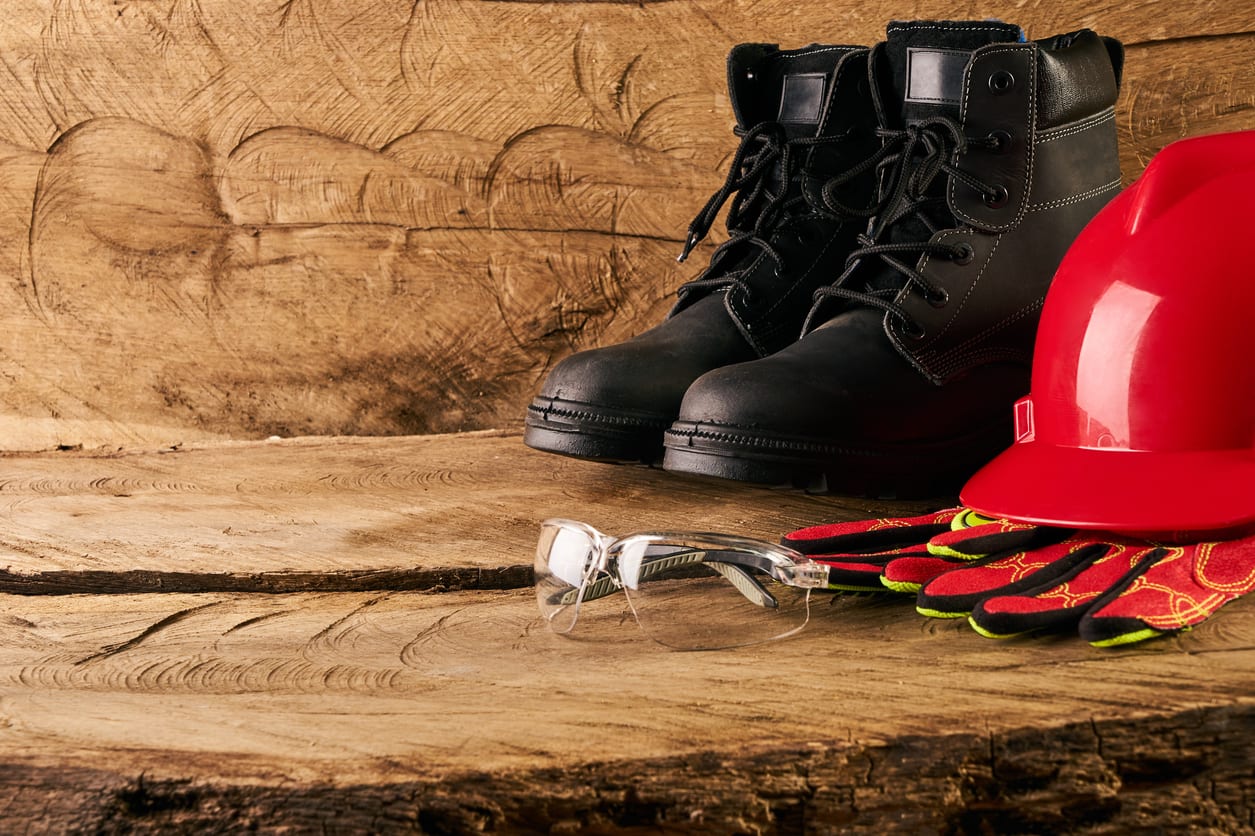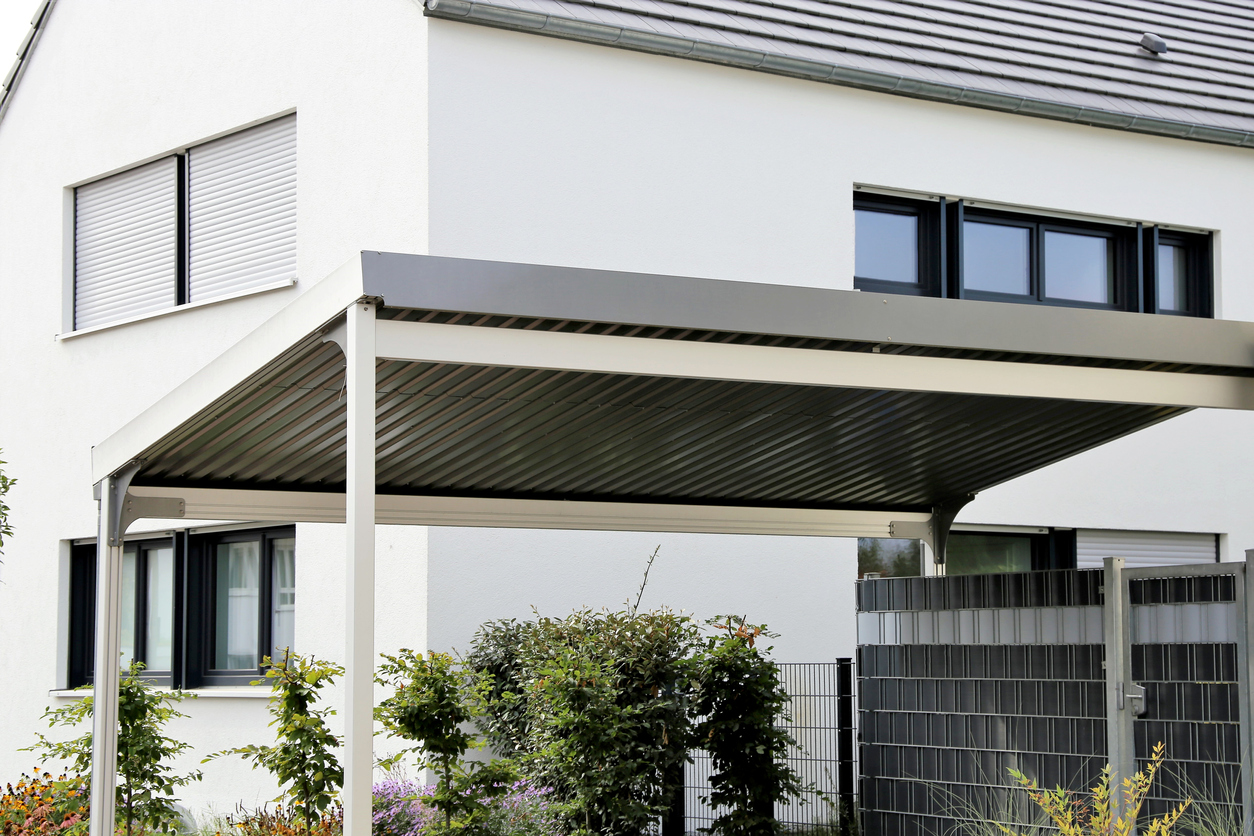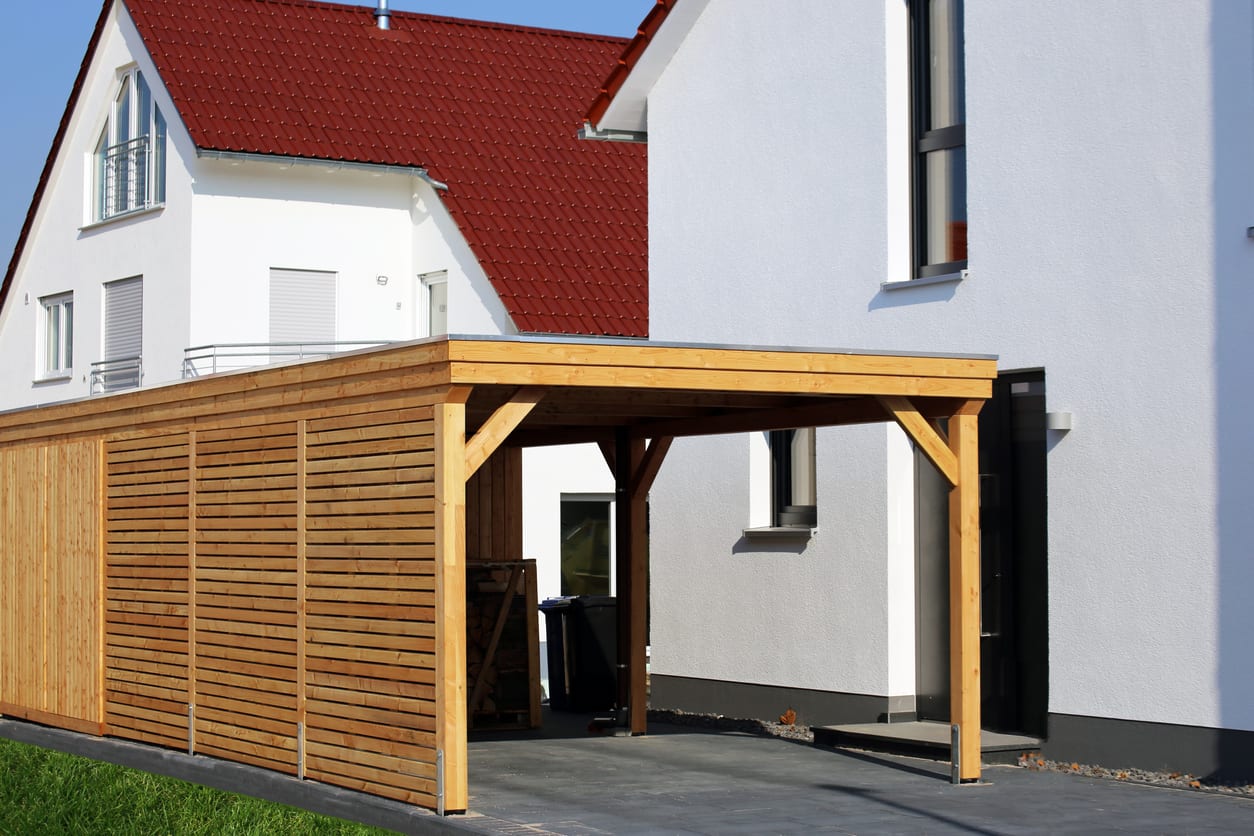When you’re doing dangerous jobs at work, there are dozens of regulations that require your employer to ensure you use the correct safety procedures.
More often than not, this usually means providing you with the correct safety gear, enforcing the policies that employees wear them, and ensuring that everyone is within code before entering a worksite.
However, when it comes to DIY projects at home, with friends, and for your community, it’s far less likely that everyone will take the proper safety procedures.
In fact, because so many DIY projects are done by non-professionals who haven’t been exposed to official worksite protocols, many people don’t actually know all the safety procedures. Nor are they familiar with the gear they should be wearing.
But, if you want to rock out your next DIY project with your vision, hearing, lungs, and fingers intact, we’ve got the solution. In two parts, we’ve compiled the ultimate DIY safety gear checklist to help you collect everything you need to complete all your future projects like a pro.
Your Safety Gear Checklist
Safety Glasses or Goggles – The Right Eyewear for the Job
The right safety eyewear is incredibly important for almost all DIY projects. From putting up a shed in the backyard to repairing the dishwasher or bleaching the bathroom floor, protection your eyes is vital.
There are many different kinds of safety glasses depending on the project. For example, the wrap-around safety sunglasses are ideal for outdoor construction work. However, sealed goggles are used for optimal splash protection when working with harsh chemicals.
If you only have one pair of protective eyewear per person, make sure that they’re snug and comfortable all the way to your face. Include a foam face-fitting insert to keep dust out of your eyes.
Also, if you normally wear prescription lenses, make sure to get a pair of prescription safety glasses to avoid the problems associated with trying to use a large pair over your normal glasses.
Hearing Protection – More than Earmuffs
Working with any kind of construction will mean the potential for some very loud noises. While the occasional bang may be exciting, they can also damage your hearing without you even realizing!
Make sure to have some very sturdy hearing protection headsets available for you and whoever you’re working with. Many people call these ‘earmuffs’ but make no mistake, the soft fluffy ear warmers you wear when it gets icy outside are by no means sufficient for hearing protection.
However, if you don’t like or can’t wear the headset, consider at least investing in a package of construction-grade earplugs. Simply clean them regularly with rubbing alcohol.
Breathing Mask or Air Respirator
A lot of DIY tasks will involve projecting or releasing a large amount of dust, dirt, or other fine particles into the air. That’s why a breathing mask or respirator is crucial.
Choose the size and filtering capability of your mask based on the intensity of the task. Wear breathing protection whenever cutting, demolishing, sanding, working with harsh chemicals, or using a sandblaster.
Knee Pads or Portable Mats
If you’re older than the age of, say, nineteen, your knees have begun the slow and steady march toward creakiness.
So, help them last by protecting them well during your DIY tasks. This is especially the case when projects require kneeling.
In fact, keep a pair of padded knee pads handy for plumbing and other floor work. If you hate knee pads, a padded mat can also do the trick.
Use this Safety Gear Checklist for All Your DIY Projects
This checklist offers a good start to fully protecting yourself during your innovative DIY projects. In part two, we’ll cover everything from aprons to tool holsters.
Also, for more great DIY safety and best practice tips, contact us today!
 Copyright secured by Digiprove
Copyright secured by Digiprove



